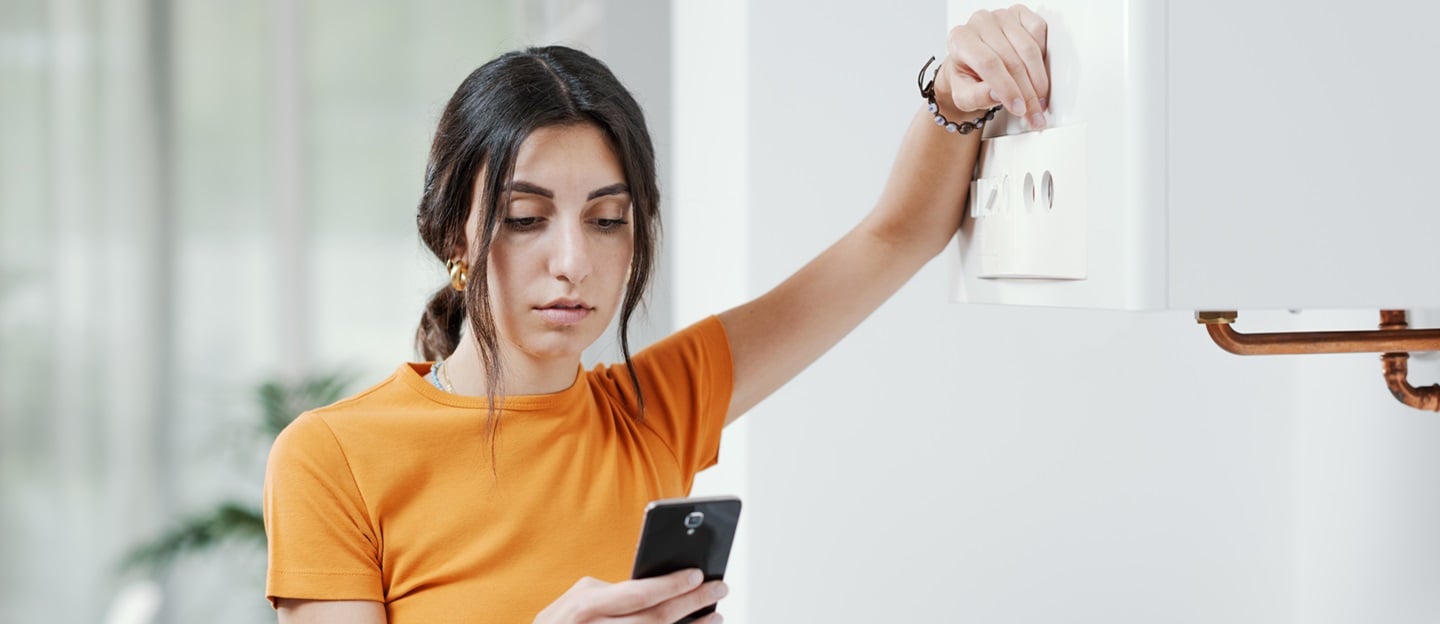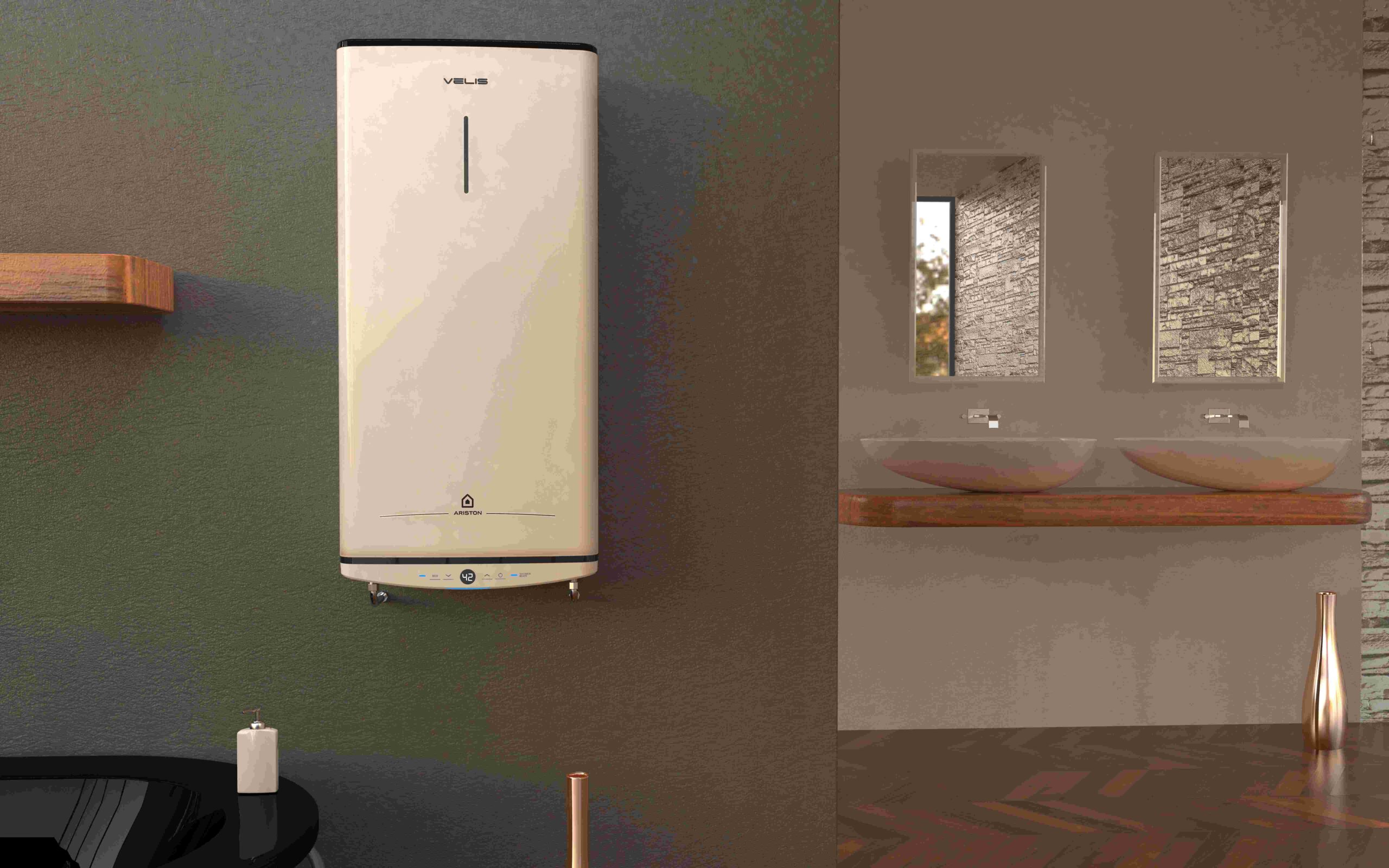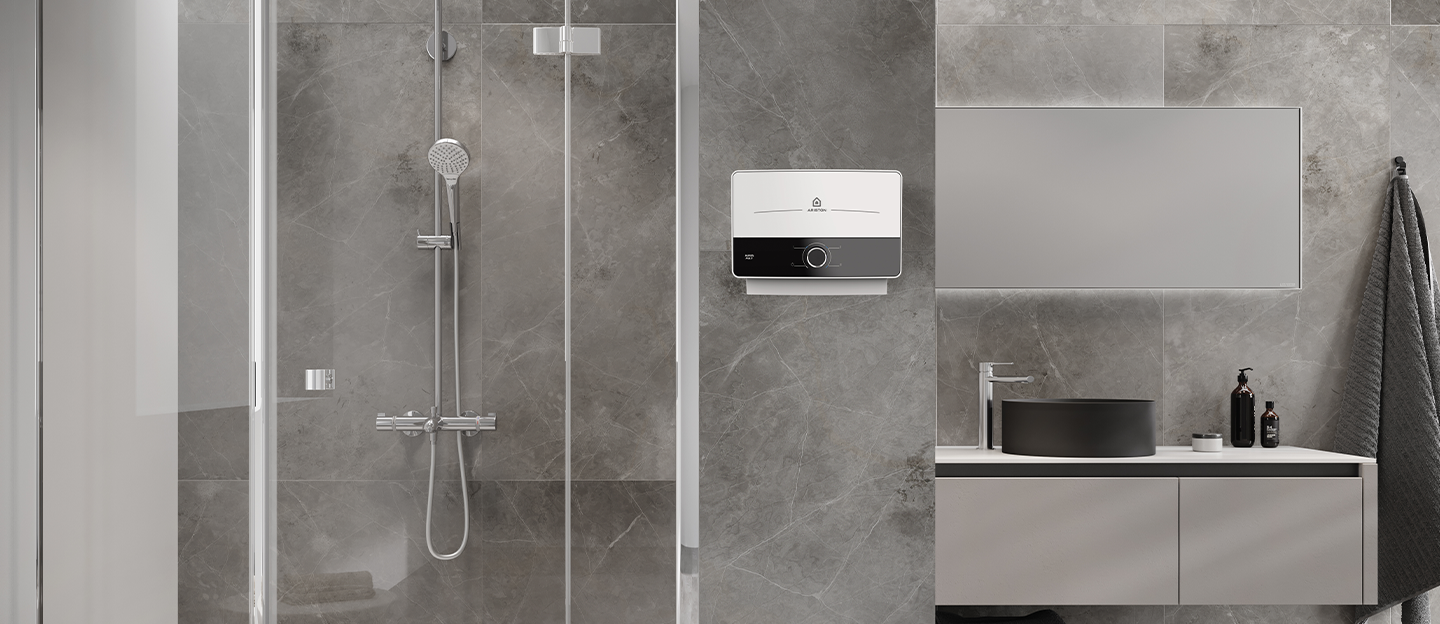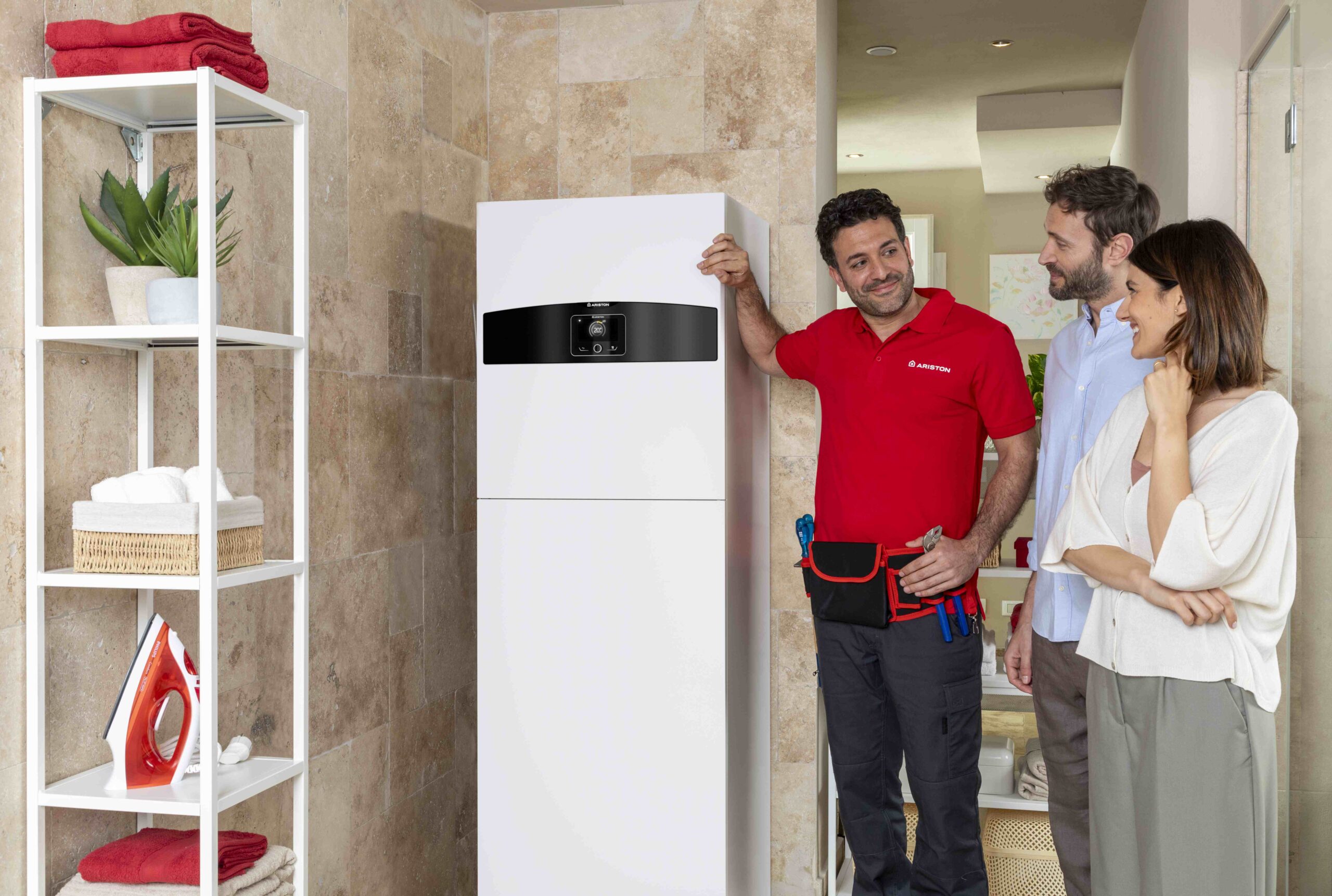Safety valve of the water heater: adjustments and functionality
Find out what the safety valve of the water heater is for and how it works. Recommendations on settings and adjustments.
How does a water heater safety valve work?
A water heater is a device that meets domestic hot water needs, but it is important to choose a quality model that is first and foremost safe. Although modern appliances are particularly efficient, greater protection is provided by dedicated systems such as safety valves.
These elements protect the water heater from any damage caused by pressure changes, as well as helping to maintain the direction of the water flow to safeguard both the pipes and the appliance. Here’s what you need to know about water heater safety valves, to understand how they work, what they’re used for and how they’re adjusted by specialist technicians.
What is a water heater safety valve?
A water heater consists of a series of parts, one of the most important of which is the safety valve. This is an essential mechanism needed to ensure correct pressure inside the boiler and to keep the water flowing in one direction only. The valve is part of the safety system mounted in the water heater’s cold water inlet duct.
It is usually made from brass, a tough and corrosion-resistant material, with models specially designed to support a specific maximum temperature and a calibration system to regulate its operating pressure. A safety group usually also includes a shut-off and loaded spring to ensure that if the parameters exceed those configured the water is released.
What are the functions of a safety valve?
A water heater safety valve performs a number of functions, contributing to the safety of the system and the protection of the appliance. First and foremost, it maintains the direction of the flow, ensuring it moves only towards the outlet conduit. These devices are, in fact, also known as non-return valves as they prevent the water from returning to the main circuit.
When the appliance is running, the temperature of the water inside rises, a condition that generates an increase in hydrostatic pressure. The valve regulates pressure to avoid accidents and damage, allowing the water to escape when the internal force is too great by activating the spring connected to the shut-off.
It also protects the integrity of the water heater, safeguarding the container, fittings and pipes from any pressure changes originating from the water supply. These are relatively frequent and common events, especially if the supply has been repaired outside the property or during summer and winter, in what is known as “hydraulic shock”.
How is a water heater safety valve assembled?
The installation of a water heater safety valve is not a simple procedure; this delicate work should only be carried out by qualified technicians. It must be assembled impeccably to avoid water leaks and problems that may compromise the performance of the appliance, causing increases in consumption or malfunctions.
While assembling the water heater, the expert installs the valve by inserting it into the cold water inlet duct. Once in place, connect the water inlet hose to ensure the supply to the water heater, attaching a special hose for the water to escape from the safety group, before finally adjusting and testing the system.
How is a water heater safety valve adjusted by a technician?
Once the safety valve has been assembled, and after it has been checked for unwanted leaks and spills, the technician will adjust the mechanism. The device already has a basic configuration, with a pressure valve indicated in bars and shown on the product data sheet.
In all cases, the parameters should be checked and the installer must also check that the component complies with the laws of the country in which the system is located. The safety valve is then adjusted using special tools to calibrate the mechanism to the specifications of the system, the performance of the water heater and the legal requirements.
How is a water heater safety valve replaced?
In certain situations, it may be necessary to replace a water heater safety valve, for example because the element no longer works properly, putting the integrity and safety of the appliance and plumbing system at risk. In this case a specialist professional must be called to request an initial inspection and cost estimate.
The technician will then change the valve for a compatible and approved model, choosing a device in line with the technical requirements, legal standards and provisions shown in the water heater manual. If everything is in proper working order, the water heater equipped with the new safety valve will be restarted, carrying out a test to check the system is operating in an optimal and safe way.






